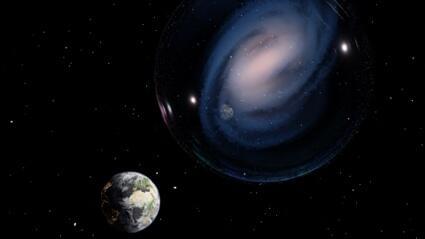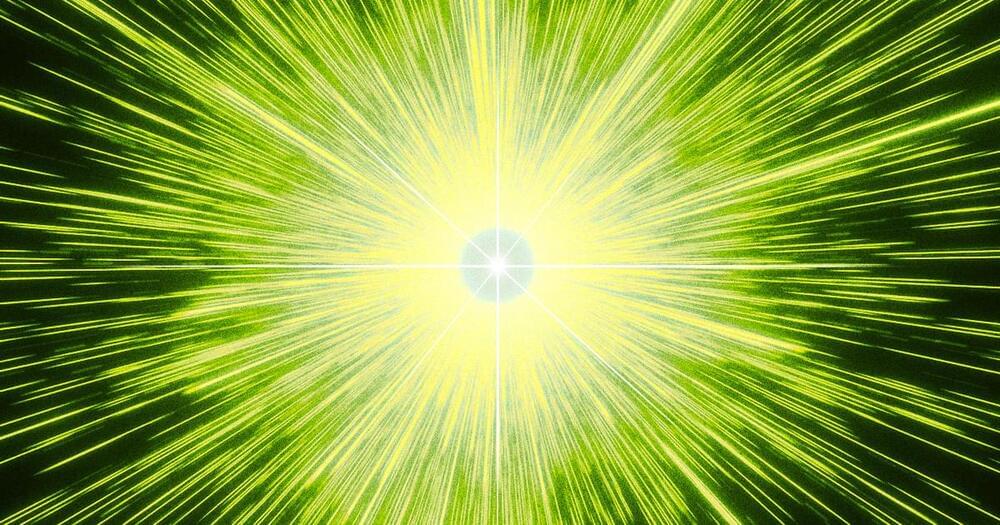ChargePoint announced today the first large-scale deployment of its all-new Express Plus Power Link 2000 DC fast charging platform, which is capable of delivering charging speeds up to 500 kilowatts.
The hardware and associated software of the Power Link system debuted today at the all-new Mercedes-Benz HPC NA fast charging network, which due to the high power output, is being called “the fastest public charging network in North America.”
Let’s recall that the Mercedes-Benz HPC NA will be a premium DC fast charging network for all EVs, consisting of up to 400 sites (and over 2,500 chargers) by 2030. Some of the stations will be installed at Simon Property Group’s locations (at least 55) and Buc-ee’s chain of travel centers (about 30 sites).







